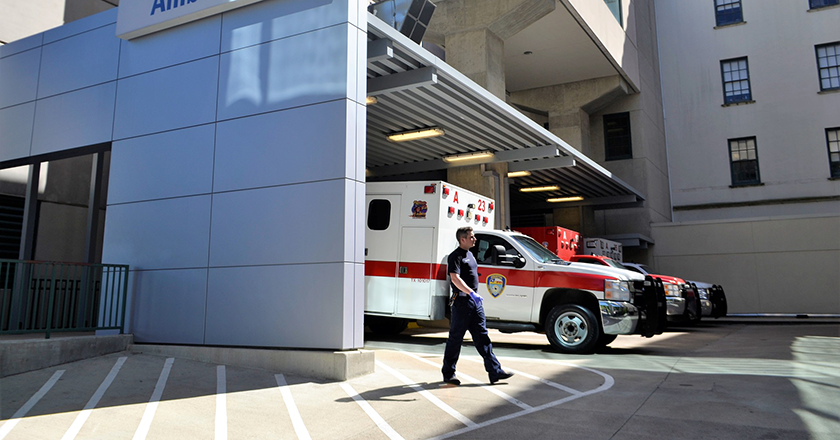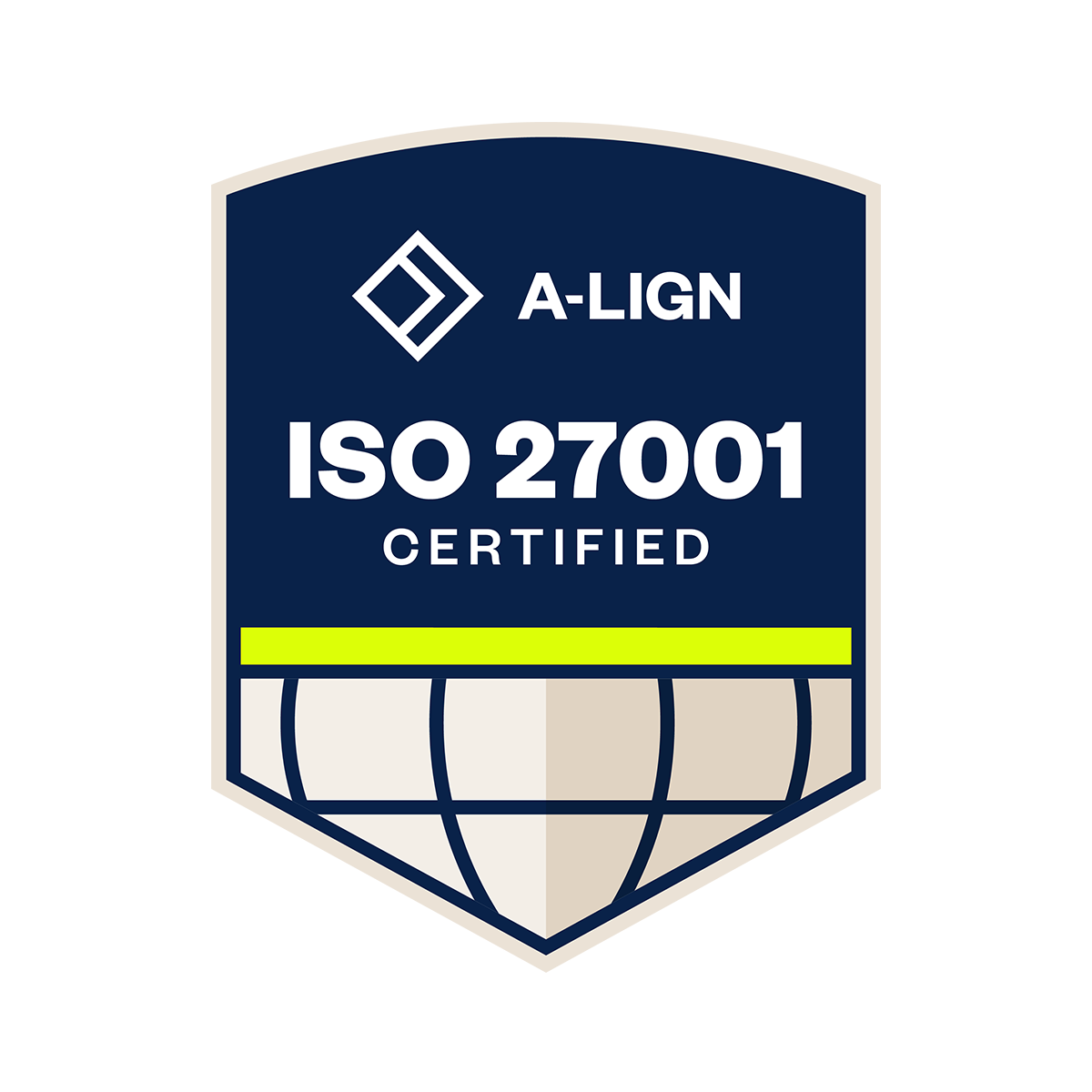This webinar was originally recorded on March 18th, 2020. If you like to see the recording, click here.
In this webinar series, we’ve explored the Coronavirus (SARS-CoV-2), the disease it causes (COVID-19), and how our body responds to it and pathogens like it. Now, we’re going to look at it from the perspective of a practitioner.
In this entry of the webinar series, four of Veoci’s continuity, planning, and response practitioners discuss what the pandemic means for practitioners across all industries and sectors. Below is a written summary of the panel.

Pandemic Response Best Practices
To start the panel, our practitioners talked about some of the best practices anyone responding to a pandemic at an organizational level can use.
Two things all of the panelists agreed on were having something in place for facilitating communications and gathering data.
Mike Mozzer said it’s very important for organizations to start collecting data as soon as possible, and that they shouldn’t be afraid to do so. Understand what data is needed, and make sure you can collect it as the response continues on. “As we look back, we’re going to forget what happened in the early days,” he said.
He used 2009’s H1N1 pandemic to punctuate his point. The pandemic started in early 2009, but by the time a vaccine was developed in November, the illness had already hit its peak and passed in the US. While the general public might have thought the pandemic was over, it officially ended August 2010.
“Don’t wait until the end of the event to start performing hot washes and debriefs. Now is the time to start documenting everything that’s playing out.”
Mike and the other panelists also said having a planning section for capturing data is critical. Anthony DeGeorge added to this, saying you have a team of people for this who are all setting their objectives. A common operating picture for everyone involved is also critical. Anthony also brought the topic around to healthcare, emphasizing the importance of tracking employees for certain CMS tags and Joint Commission standards.
Rich tied the two together. He said you need to feed the beast— leadership— and to do that, you have to be cognizant of the data you need to collect; doing this will save you and your team time during the response. Also, put the tools required to get this information in place so those doing the jobs below you aren’t burdened.
“We used to joke that the highest level needed pictures and the lowest level needed words,” Rich said while recalling his days at FEMA. He also said that whatever mechanism you use for this operation must be able to scale up alongside the situation. If that means trying something new, do it.
While echoing what the other panelists said, Lauren added that practitioners should also build the pathways of communication for all stakeholders and constituents. In her time planning for an institute of higher education, this meant getting a message out to students, faculty, staff, parents, and more. Being timely and maintaining transparency through communication can make everything smoother.
And, with this many people following your word, you’ll need to control the messaging. This entails staying on top of rumors, and giving people a means for asking questions and getting additional information. This will help quell the fears of students and faculty/staff and answer the questions of parents.
The Surprises of COVID-19
This pandemic is unprecedented. Even our practitioners were surprised by the speed and spread of the virus, and exactly how it’s dictating our lives.
For Mike, two things stand out. The first is the public’s adherence to advice, especially on items like social distancing. While sources may lack a cohesive message, the public is taking the pandemic seriously.
The second is collaboration between parties. The governors of Connecticut (where Veoci is headquartered), New York, and New Jersey all came together to coordinate their efforts because of their states’ interconnectedness. This kind of proactive measures will help limit the impact of the virus.
COVID-19, Anthony noticed, turns certain principles on their heads. One of the Incident Command System’s (ICS) fundamental principles is to bring people together, which practices like social distancing and shelter-in-place orders make ill-advised behavior. Planners need a safe and digital channel for bringing people together, in addition to a means for completing certain tasks.
Rich also noted the lack of data availability as shocking. There is no common dataset someone can pull from. While John Hopkins is currently compiling the data from sources like the CDC and WHO, the organization is doing so benevolently, and may have to stop doing so at any point. Where can someone get a single stream of information in the future in order to understand the global spread of the coronavirus?
Rich also spoke on the sustainability of working from home for many people. COVID-19 may force employees to work-from-home far longer than many anticipated initially. Will workers have the resources and connectivity they need to perform their jobs in the long-term? Does an organization have back-ups and workarounds in case the tools they provide go down?
For Lauren, just seeing an event like the COVID-19 pandemic is enough. She created the plans and laid out their requirements, and seeing those come to life is almost surreal. A platform like Veoci, in a scenario like this, is invaluable, as it allows people to telecommute and continue working-from-home until it’s safe to venture out again.
Lauren envisions more exercise for communicable diseases in response as a result of this pandemic. The COVID-19 pandemic startled everyone, but we’re going to do our best to prevent a pathogen from doing so years, or even decades, from now.
Starting Your COVID-19 Response
The panelists also answered the one question all planners and practitioners have: Where do I begin in my COVID-19 planning and response?
Mike ‘s advice is simple, but very effective. “I think the important thing is that it’s never too late to start.” He also said planners need to establish the most critical functions first, and these will be different for each organization. Mike also said pacing is critical; make sure you get one thing working properly before moving onto the next.
If you’re worried that what your organization is doing may not be effective, Anthony said it’s okay to start evaluating your current efforts. Ask for feedback from those on the front lines to gauge if your response planning is effective.
This point circles back, again, on communications. Communications will always be listed as something to improve in after-action reports, Anthony said. “Having a way to say as an organization, this an information source, this is the single source of truth we want our employees to follow… is very important.”
The COVID-19 pandemic is one of those “what if” situations with other “what ifs” in its folds. This is why Rich says an organization should leverage it’s planners. To beat an event like this, you need to understand the downstream effects of incidents and decisions.
Finally, Lauren recognized a reality many organizations and businesses are stuck in: the complete lack of plans, a planner, or experience responding.
“You’ve been through snowstorms, hurricanes, water main breaks — something that has disrupted your operations before. So document your procedures, document the decisions that you’re making, the actions you’ve taken. Capture those lessons learned… And when this is all said and done, take those documented actions and create your plan from there.” Feel free to ask others for resources, too, Lauren says.
Concerns Over Outbreaks
Our panel of practitioners also gave their biggest concern during outbreaks, and ways they can be addressed.
The value of an exercise, regardless of scenario, can’t be understated. For outbreaks and pandemics, Mike sees the soft nature of exercises as a concern. Outbreaks are stressful, and the environment needs to be replicated so all the players know what to expect and how to manage it.
Rich and Anthony are both concerned for the people involved in the response. The safety of staff, visitors, and patients needs to be secured. This requires training, equipment fitting, knowing where your organization can get equipment from, and when personal protective equipment (PPE) in the storage room will expire.
To add to this, Rich also mentioned the anxiety of personnel, and managing their concerns appropriately. Doctors and nurses will be concerned if they’re exposed, and what they have to do to protect themselves and those around them. Practitioners, by providing them with the right information, can help reduce the stress of the people filling these essential roles.
For Lauren, it’s managing the Murphy’s Law-like nature of an outbreak. Pandemics and outbreaks are cascading events, and if one thing goes wrong, everything can go wrong. Staying calm and addressing issues as they arise, and leveraging a team and working together, can fight back against the craziness of one of these events.
Looking Forward
Our panelists provided information practitioners across industries, experience levels, and response stages can use to inform their responses to pandemics.
Each of our panelists hit on these topics, and more, during the webinar, which you can watch here.
Learn more about the panelists:
- â€Mike Mozzer








